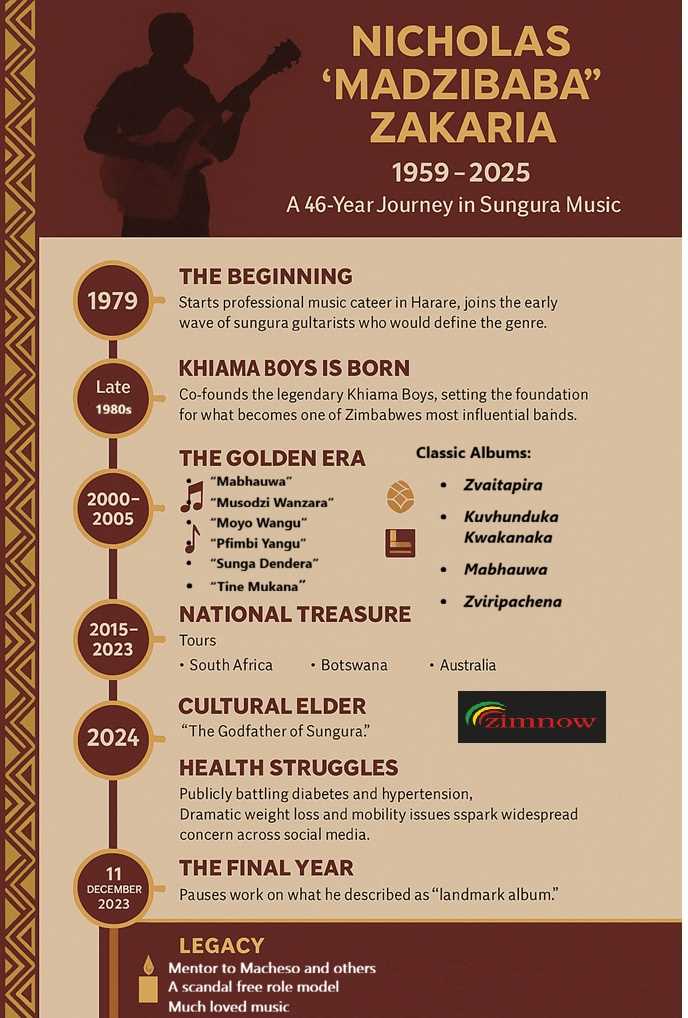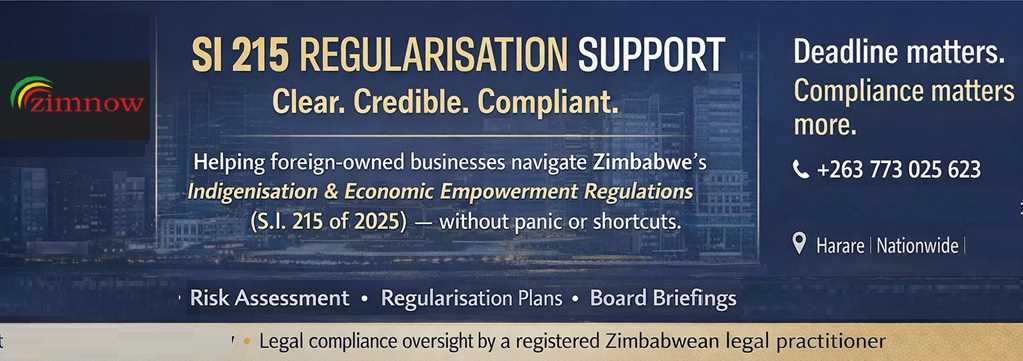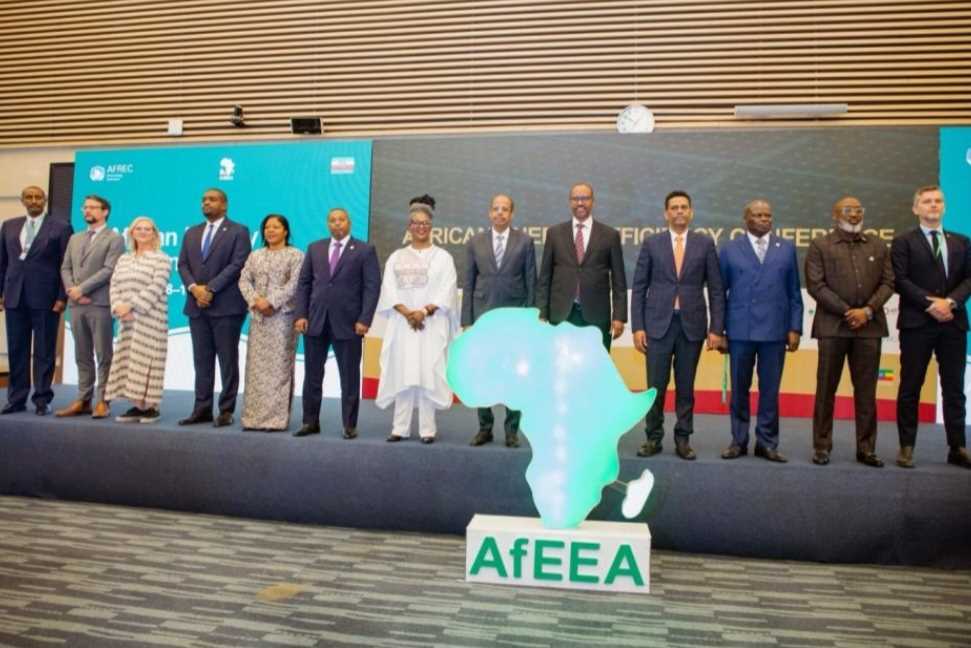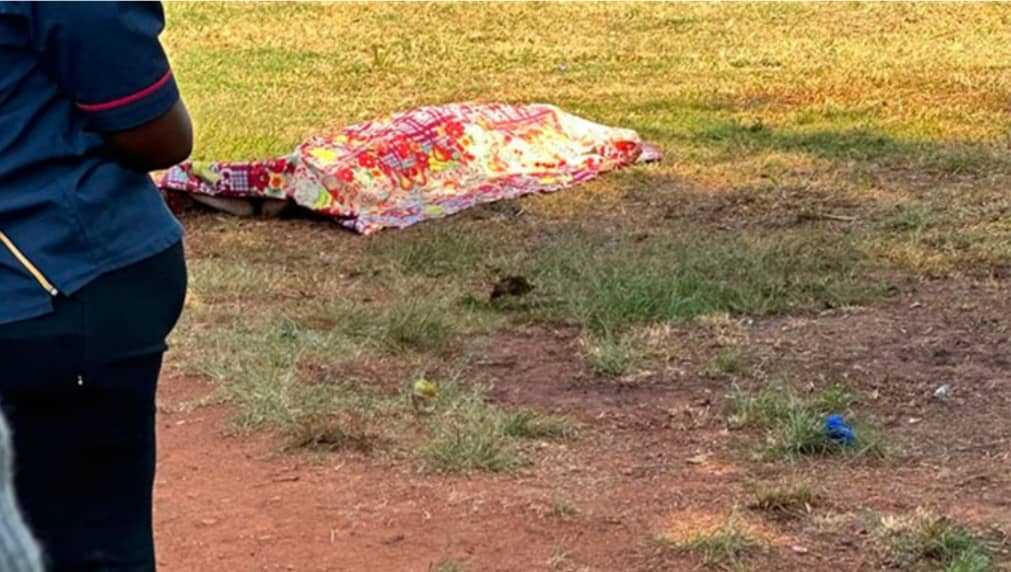
Zim Now Writer
In a decisive move to curb the ongoing surge of mpox cases in Africa, the Access and Allocation Mechanism has allocated an initial 899,000 vaccine doses to nine of the continent’s hardest-hit nations.
Spearheaded by Africa CDC, the Coalition for Epidemic Preparedness Innovations, Gavi, UNICEF, and the World Health Organisation, this effort is part of a comprehensive strategy aimed at controlling the virus's spread through targeted immunization and intervention measures.
The affected countries, which include the Central African Republic, Côte d'Ivoire, the Democratic Republic of the Congo, Kenya, Liberia, Nigeria, Rwanda, South Africa, and Uganda, were selected based on epidemiological data and readiness to distribute the vaccines.
The DRC, currently experiencing the majority of mpox cases, will receive approximately 85% of the initial doses, underscoring its status as the epicenter of the outbreak. To date, the country has reported over 38 000 suspected cases and more than 1 000 deaths, with four out of every five confirmed cases occurring within its borders.
Vaccine allocations are sourced from contributions by Canada, Gavi, the European Union, and the United States, representing a collaborative global response to the crisis. As Africa faces new viral challenges, these doses are a vital component of a broader, phased vaccination strategy designed to stop transmission and eventually build population immunity.
In recent weeks, limited vaccination efforts have already commenced in the DRC and Rwanda, marking the beginning of a coordinated approach to combat the disease.
Related Stories
The vaccination strategy is divided into three phases:
Phase 1: Stopping Outbreaks – Targets those at the highest risk of infection, such as healthcare workers, frontline responders, and close contacts of confirmed cases, in regions experiencing human-to-human transmission.
Phase 2: Expanding Protection – As more doses become available, this phase will focus on protecting additional high-risk individuals, especially those with heightened vulnerability due to preexisting health conditions or displacement.
Phase 3: Future Protection – A long-term plan to build population immunity and safeguard against potential future outbreaks.
The immediate goal is to vaccinate approximately 1.4 million people in high-risk categories by the end of 2024, relying primarily on doses of the MVA-BN vaccine. Strategic vaccination is expected to minimize transmission by prioritizing those with elevated exposure risks, including household members and close contacts of confirmed cases.
The implementation of targeted vaccination, particularly in resource-limited settings, requires both additional funding and logistical support to ensure effective distribution. AAM partners have already begun to scale up support efforts, with plans for further vaccine allocations by year-end.
The WHO’s Strategic Advisory Group of Experts has recommended that these vaccines be made available to children and pregnant women, advocating for swift regulatory approvals in affected countries. The inclusion of vulnerable populations, including internally displaced individuals and people living with HIV, will be crucial as efforts progress.
With 5.85 million vaccine doses expected to be accessible by the end of the year, African nations are poised to launch comprehensive mpox vaccination campaigns, with the hope of stabilizing outbreaks and bolstering public health infrastructure against future viral threats.




















Leave Comments